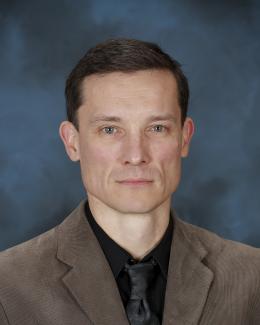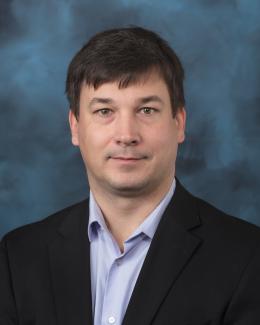Abstract
Functional assemblies of materials can be realized by tuning the work function and band gap of nanomaterials by rational material selection and design. Here we demonstrate the structural assembly of 2D and 3D nanomaterials and show that layering a 2D material monolayer on a 3D metal oxide leads to substantial alteration of both the surface potential and optical properties of the 3D material. A 40 nm thick film of polycrystalline NiO was produced by room temperature rf-sputtering, resulting in a 3D nanoparticle assembly. Chemical vapor deposition (CVD) grown 10-30 μm WS2 flakes (2D material) were placed on the NiO surface using a PDMS stamp transfer technique. The 2D/3D WS2/NiO assembly was characterized using confocal micro Raman spectroscopy to evaluate the vibrational properties and using Kelvin probe force microscopy (KPFM) to evaluate the surface potential. Raman maps of the 2D/3D assembly show spatial non-uniformity of the A1g mode (~418 cm-1) and the disorder-enhanced longitudinal acoustic mode, 2LA(M) (~350 cm-1), suggesting that the WS2 exists in a strained condition on when transferred onto 3D polycrystalline NiO. KPFM measurements show that single layer WS2 on SiO2 has a surface potential 75 mV lower than that of SiO2, whereas the surface potential of WS2 on NiO is 15 mV higher than NiO, indicating that WS2 could act as electron donor or acceptor depending on the 3D material it is interfaced with. Thus 2D and 3D materials can be organized into functional assemblies with electron flow controlled by the WS2 either as the electron donor or acceptor.



